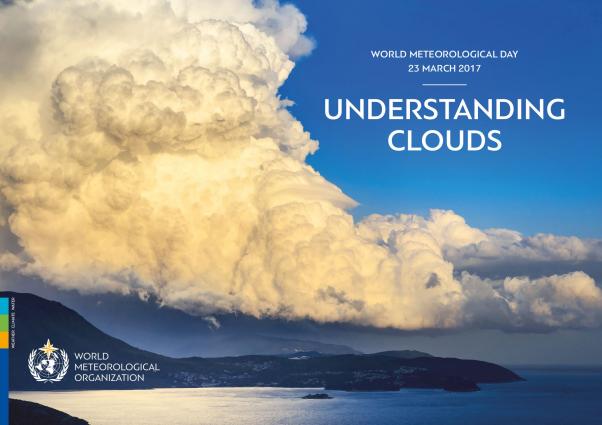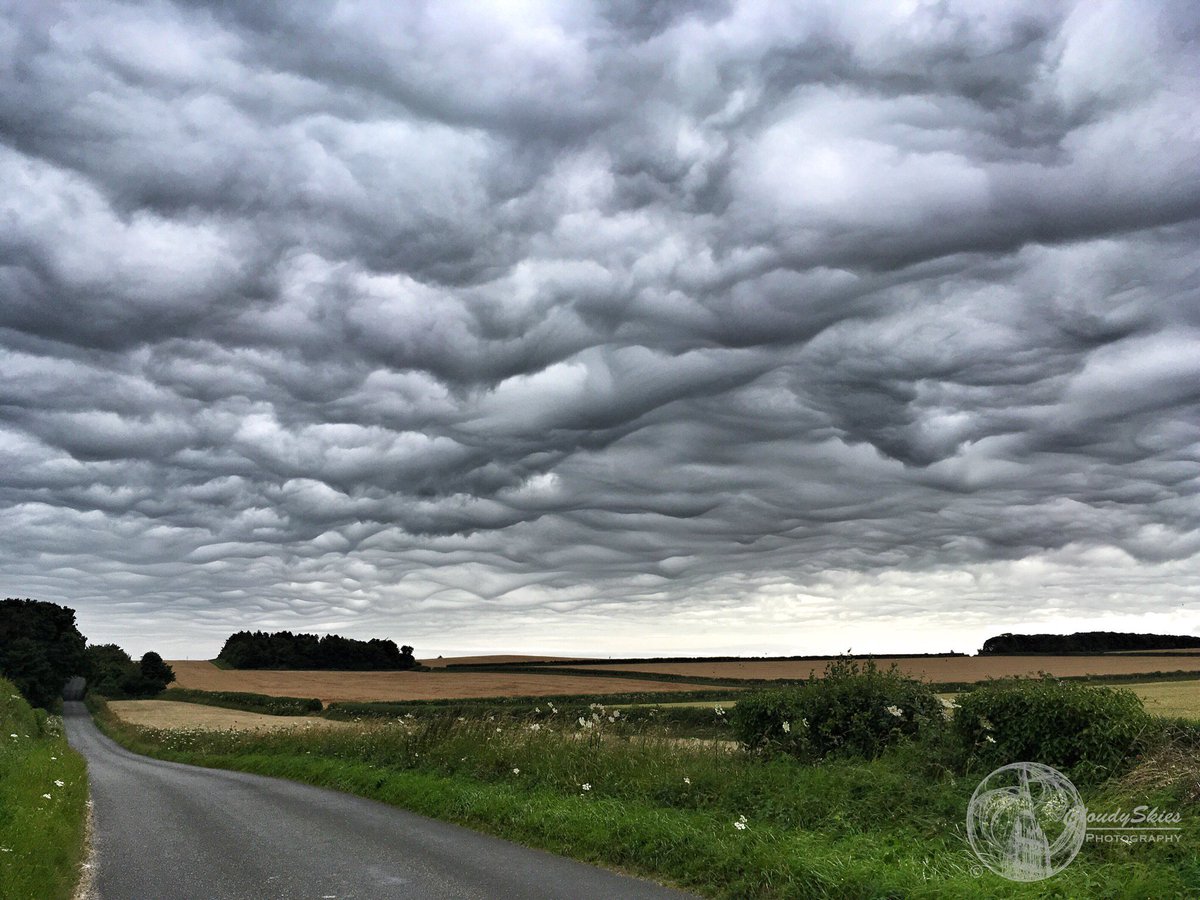Today is the World Meteorological Day a day that marks the creation of a UN body specializing in meteorology in the year 1950. Since 1961 the meteorological community has been celebrating March 23rd as World Meteorological Day. WMO which has been in the forefront of a lot of developments in this field has been revolving each year’s celebration to a theme.
“Climate Knowledge for Climate Action” was the theme of World Meteorological Day in the year 2015, highlighting both recent advances in climate science and the need for decisive measures to limit climate change. The theme for 2016 was “Hotter, drier, wetter. Face the Future” to create awareness on the increased instances of heat waves and extreme rainfall events on account of global warming.
This year the theme is “Understanding Clouds”. Clouds play an integral role in understanding weather and forecasts for the meteorological community. Possibly clouds have fascinated people for long enough bringing a child in many an adult. As part of this year’s theme the World Meteorological Organization (WMO) will release its new, long-awaited, digitized International Cloud Atlas – the global reference for observing and identifying clouds.
As WMO Secretary-General Petteri Taalas explains
Throughout the centuries, few natural phenomena have inspired as much scientific thought and artistic reflection as clouds. More than two millennia ago, Aristotle studied clouds and wrote a treatise addressing their role in the hydrological cycle. And today, scientists understand that clouds play a vital role in the Earth’s energy balance, climate and weather
The new Atlas combines 19th century traditions with 21st century technology. It contains hundreds of images submitted by meteorologists, photographers and cloud lovers from around the globe. It includes new classifications, including volutus, a roll cloud; clouds from human activities such as the contrail, a vapour trail sometimes produced by airplanes; and asperitas, a dramatic undulated cloud which captured the public imagination. It also features meteorological phenomena like rainbows, halos, snow devils and hailstones.
The Weather Bloggers takes this opportunity to place our appreciation to the Meteorological Community for the service they have been doing for so long.
Powered by WPeMatico



